Categories
New Blog
Tags
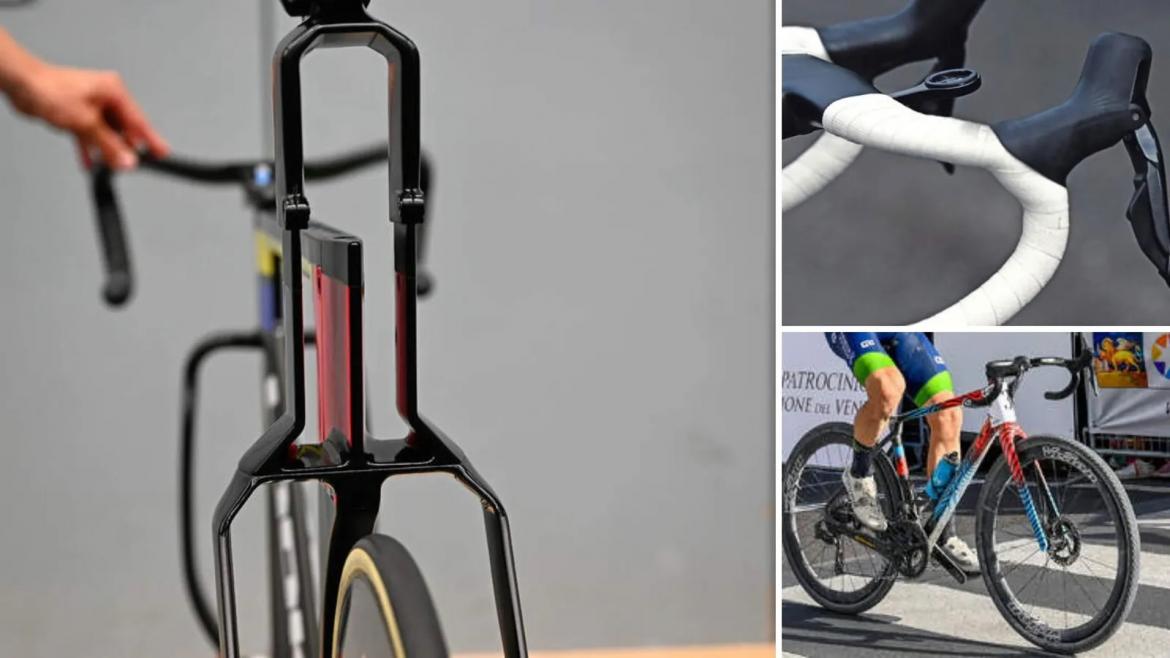 Technology never stands still, and that’s true in the bicycle industry as in any other industry. Over the past year, we’ve seen major advancements: The aesthetics of the seat post seem to be as close as a household hair dryer, electronic shifting is at its lowest price ever, and the idea of fitting is to put aerodynamics above all else.
Technology never stands still, and that’s true in the bicycle industry as in any other industry. Over the past year, we’ve seen major advancements: The aesthetics of the seat post seem to be as close as a household hair dryer, electronic shifting is at its lowest price ever, and the idea of fitting is to put aerodynamics above all else.
2024 is the Olympic year, and given that the national teams operate within the scope of UCI technical regulations, top technology will be used in the competition. What's coming onto the scene now is a major driver of the high-end technology and design concepts that will appear on road cars over the next few years. Let’s take a look at the technologies we’re excited about.
Lower cost electronic shifting
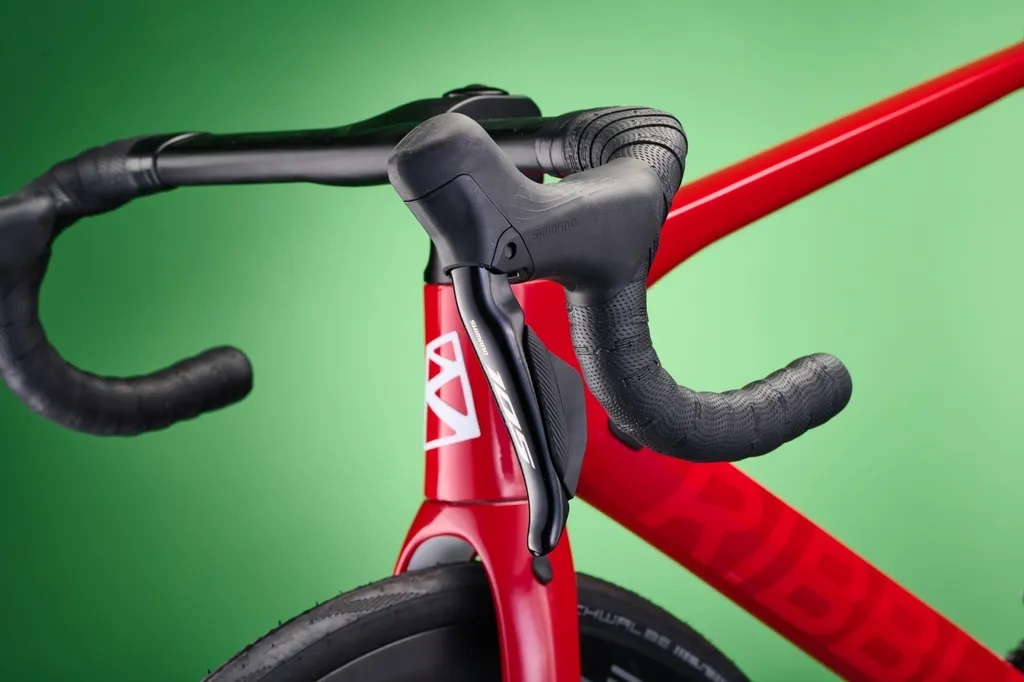
Electronic drivetrains are here to stay. They increase the speed and quality of shifting, and are increasingly proving to be just as reliable as wired groupsets. But even after years of toothpaste-squeezing technology, they're still expensive.
For example, SRAM’s cheapest AXS groupset, Rival eTap, costs £1,268 (approximately RMB 11,500), which is still more expensive than most entry-level road bikes currently on sale. Meanwhile, Shimano’s 105 Di2 sells for £1,730 (approximately RMB 15,700). Inevitably, this cost will come down over time and we expect electronic shifting technology to be moved down to lower grade groupsets by 2024.
A spokesperson for SRAM told us that they "expect the acceptance of electronic shifting to continue to grow across more price points and platforms."
In addition to big brands continuing to compete at the low end, new brands will also appear in 2023, causing a storm in the low-end market. In March of this year, L-Twoo’s eRX wireless electronic kit, equipped with hydraulic disc brakes, cost approximately US$650 (approximately RMB 4,600).
For those who want to upgrade their bikes with quality parts, the low-priced kit may not be the first choice of purchase, but it shows that electronic shifting is possible at a lower price - a market disruption we believe could happen in 2024 Appeared in year.
Split seat tube
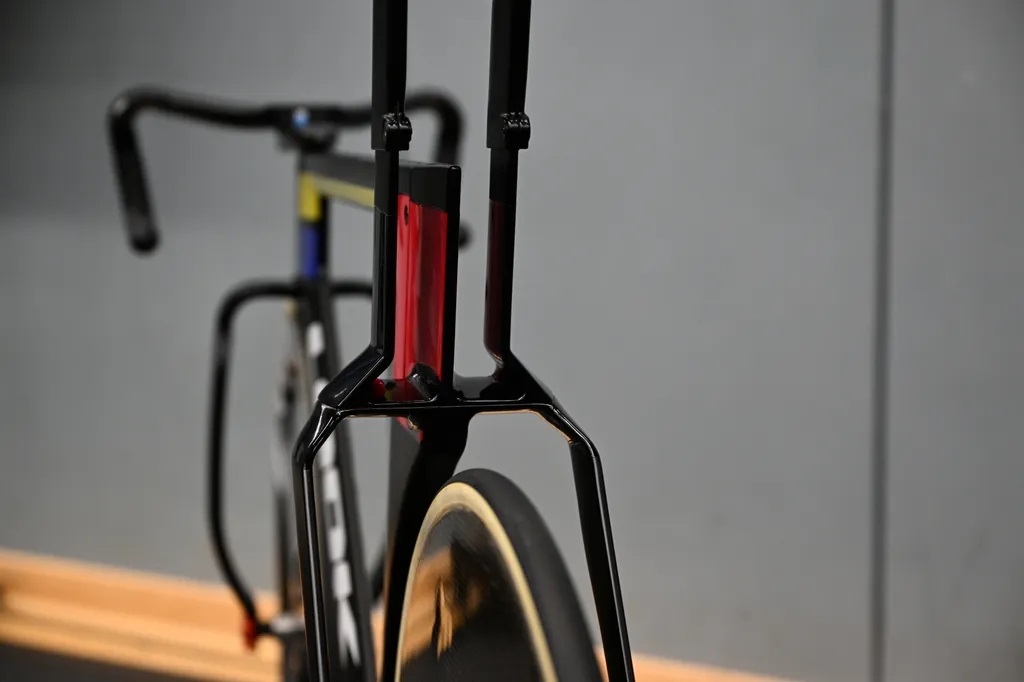
An Olympic year means a lot of track bike technology, which historically has typically found its way into road racing pretty quickly.
Look, TOOT and the recent Hope x Lotus track bike collaboration all have strange split seat tube designs – not unlike Dyson’s popular Airblade hand dryer. Cycling Weekly columnist and expert Dr Michael Hutchinson believes they could become a "fairly normal feature" of the cycling world. Romolo Stanco, head of design at TOOT Racing, said the “twin tube” seat tube design enhances aerodynamics, stability and control.
Stanko said: "More sophisticated aerodynamic fluid management can produce greater advantages in high-speed and constant-speed events, such as TT and team competition, or when athletes want to be in undisturbed airflow for long periods of time, such as in When sprinting for a breakthrough.”
"In this case, our simulations show that the acceleration of the airflow under the athlete's body reduces aerodynamic pressure and significantly reduces drag." Similar examples seen on the Look P24 and Hope x Lotus track cars suggest that different engineers I've thought about it - but are you okay with your next road bike having a split seatpost design?
Its most obvious flaw is aesthetic - the design does look a bit odd, but those who prefer outright performance over looks will probably embrace it, and aerodynamic efficiency is generally preferred over slight weight penalty, It may soon make its way to the road bike market.
New handlebars coming to track bikes
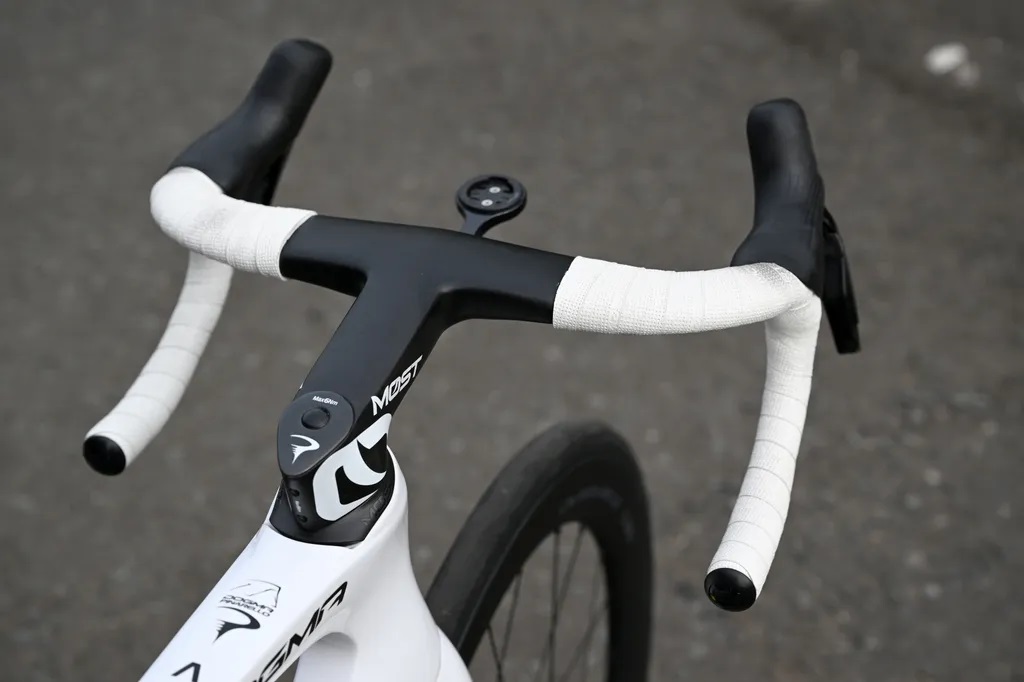
Among bicycles, track bikes have arguably the strangest handlebars. These odd-looking designs are partly due to the fact that track bike handlebars don't require mounting of gears or brakes, but they don't meet the standard aesthetic purpose of optimizing rider posture. For example, track bike handlebars are designed with long reach and low drop, allowing the rider to be in a biomechanically efficient riding position for sprinting.
Road bikes have wider handlebars, a larger drop, and generally smaller reach. Obviously this is affected by distance ridden, but as many riders on the WorldTour have shown, there are huge gains in aerodynamics based on riding position.
Narrower handlebars with more reach are a trend we expect to see – Pinarello has been experimenting with them this year on the Most Talon prototype handlebar designed for Luke Plapp.
wireless brakes beginning
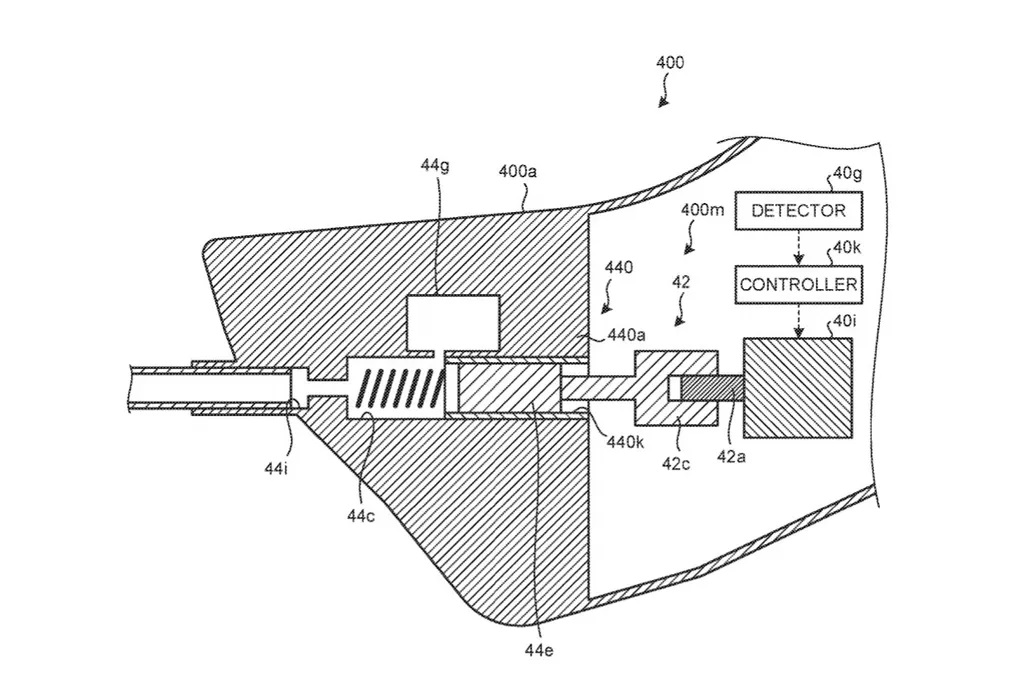
The term wireless brakes may be intimidating to most riders. The idea of handing over our safety to a computer system isn't that easy for us to swallow, but electronic braking is something Shimano has been focusing on for over a year. The Japanese parts giant has patented a control system that uses brake lever movement as an electronic signal input and sends it to an electric motor to control hydraulic fluid and brakes.
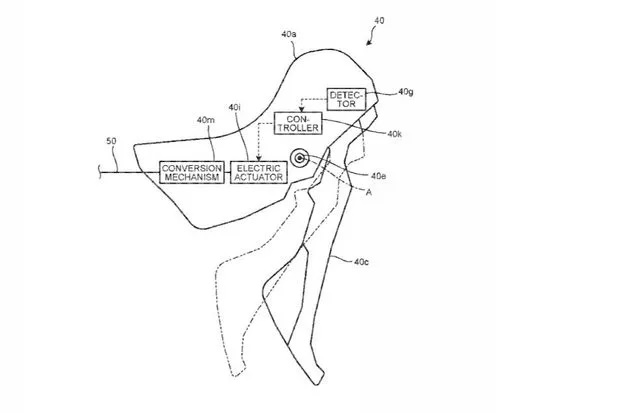
Shimano's drawings show that its system will still have an oil chamber within the brake lever, which means the brake lever will be connected to the brake caliper, but the technology does also allow for an extra oil line in the frame.
A completely wireless system would require a chamber next to the brake caliper, a chamber arrangement that has been seen on TRP Hy/Rd disc brakes for many years, using a hybrid cable-pull/hydraulic arrangement. Wireless communication between brake levers and calipers is of course also possible, as SRAM has proven over the years.
Beyond aesthetics, wireless brakes may put an end to internal cable routing, which introduces a host of new complexities, and the path to good design is often through simplification. There's less room for things to go wrong, and you can focus on getting things done in the most efficient way possible. Simpler, safer, and lighter designs can be made because there are not as many variables to contend with.
Should we trust electronic brakes?
As someone who has a strong belief in proper engineering, I personally believe that if the right due diligence and rigorous design and testing protocols were , I would absolutely abandon my current brakes in favor of wireless brakes. We already rely heavily on electronic systems in the automotive industry and transportation, so why don’t our bikes rely on them too?
As a note, I think e-brakes require a lot of testing before use; more so than any other technology on our bikes. When regenerative braking was first introduced in the hybrid era, F1 drivers complained for at least two years about its unorthodox feel. I think again, it's probably going to be one or two iterations before we develop a truly usable product, and that's going to have a huge cost impact.
new transmission system
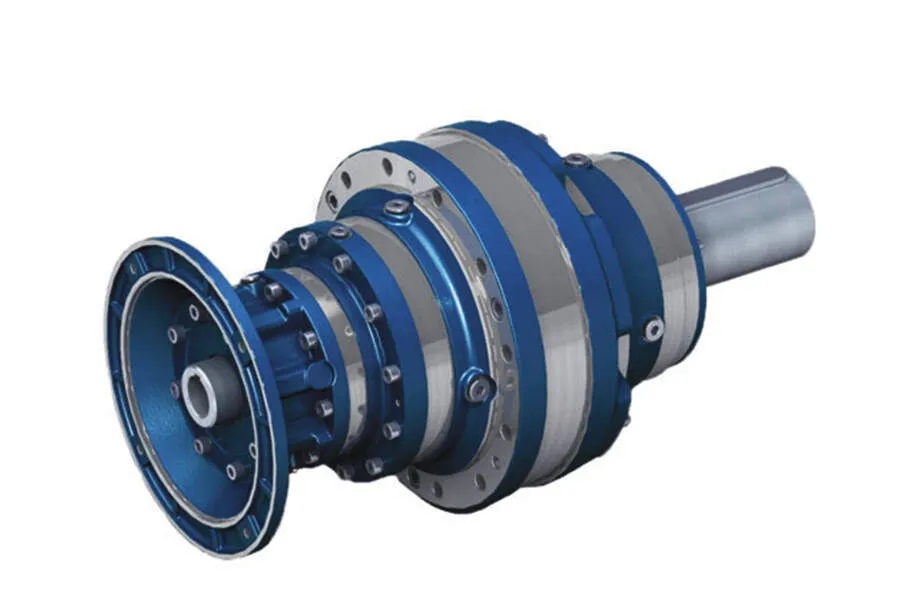
Bicycle gears have been around in cycling in various forms for over 100 years, but the functionality of drivetrains has rarely changed fundamentally since the creation of Campagnolo's Grand Sport derailleur (1949). The number of gears increased and the cable tubes became electronic, but the basic parallelogram shifting design remained almost the same. We believe that this long-standing design thread may become a real battleground for new technology development in 2024.
In recent years, there have been many new systems designed to replace or supplement existing drivetrains, with these innovations being introduced from other industries.
Of particular interest is the planetary gearbox from Driven Technologies. First shown at Eurobike earlier this year, the new Orbit Drive is a fully enclosed bevel gearbox motor system. The real secret, though, is the system's ability to automatically vary the amount of input from the motor and rider at a given speed. This means that for a given speed, you can choose how hard you want to pedal, and you can even set a preferred cadence and change the speed based on your power input.
For mechanical reliability, direct drive between the bottom bracket and rear wheel would also be good news if designed correctly. Drive Technologies claims a 10,000-mile maintenance-free period, which for most of us would be at least 12 months of riding.
Shimano has also dabbled in automatic shifting in its eMTB division, but it still relies on shifting cassette gears rather than shifting continuously with the help of changes in input from the motor and pedaling.
Energy recovery brake
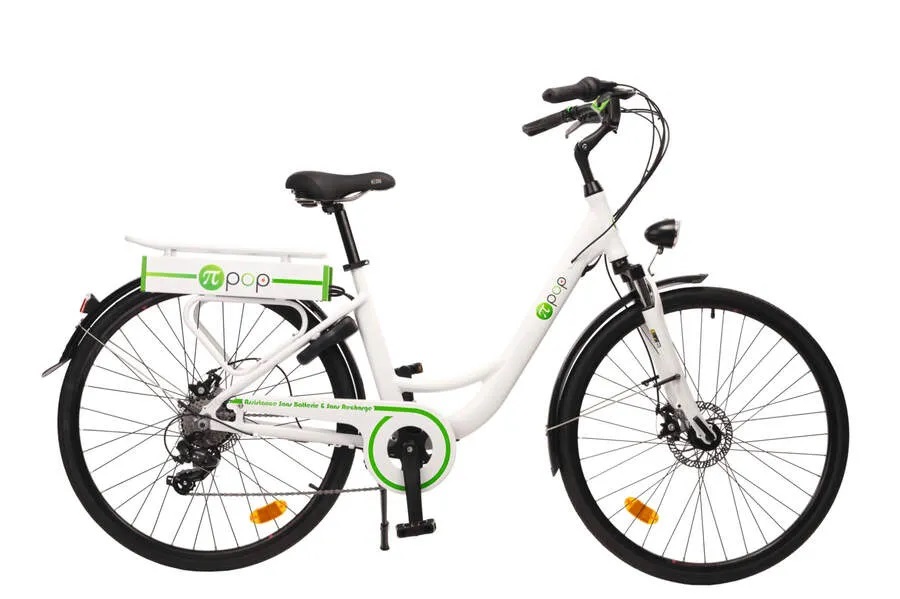
We've already seen wireless braking, but there's much more to the world of bicycle electronics. A closed drivetrain allows designers to harness some of the potential and kinetic energy of gravity in the form of regenerative braking. With a direct connection between the motor and the rear wheels, a system like Drive Technology's can recuperate energy every time we need to slow down. We asked Jason Smith, CTO of Drive Technologies. "Electric vehicle technology should be applied to e-bikes, rather than starting with a traditional bike and installing a motor on an existing chain drive system," he said.
To put these numbers into perspective, at 70% system efficiency, a 100 kg system has a gravitational potential energy of 0.02 kWh at the top of a 100 meter hill. While recovering this much energy isn't enough to charge an e-bike battery to a usable level, it's enough to charge a powerful bike light twice, which is well worth having.
As French entrepreneur Adrien Lelièvre shows with his Pi-Pop e-bike, this doesn't just happen with the drivetrain. His system uses a supercapacitor to charge the bike during easy rides. "When riding easily, the system charges, and when the bike brakes - thanks to the motor brake - the energy is released when needed," he said.
The supercapacitor is able to collect and release energy very quickly when needed, which allows the Pi-Pop bike to quickly provide boost, such as when starting a climb, but on flat roads or when going downhill, it is deactivated and even collected energy.
There is a small problem here. The Pi-Pop bike weighs 20 kilograms, which can hardly be called lightweight.
Adaptive suspension front forks for gravel bikes
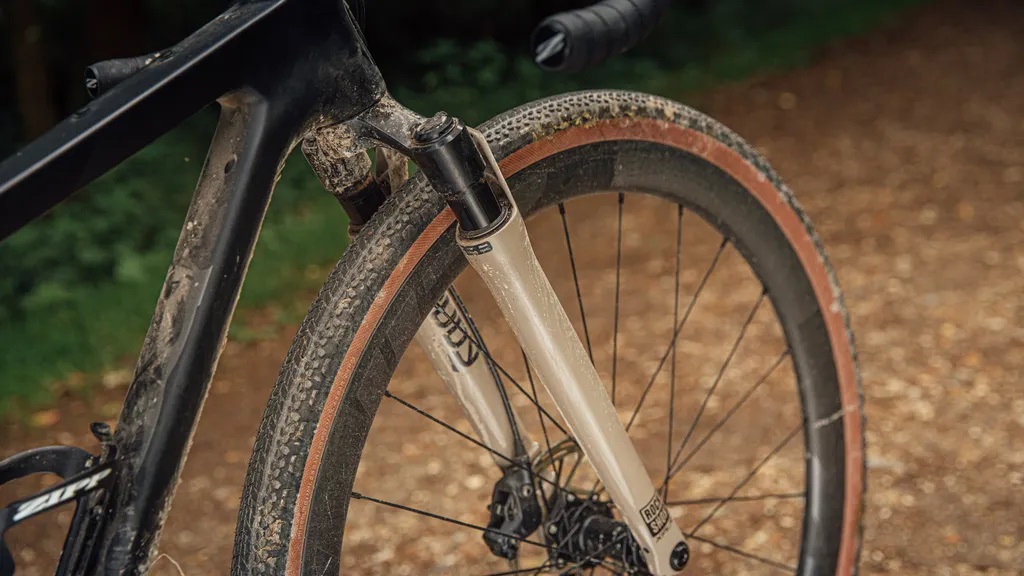
After winning the race on his new Merida Silex, the brand's gravel adventure bike, Mattei Mohoric's recent victory at the Italian Gravel World Championship showed us that aerodynamics might just be overrated— —At least on a gravel bike. This inevitably makes us think, will SRAM’s suspension technology become the mainstream in cross-country cycling?
Back in 2016, SRAM released ShockWiz, a suspension sensor that could analyze your suspension settings and transmit the data to your smartphone, theoretically doing things based on your weight and riding conditions. Make smarter suspension setting choices. To be fair, it hasn't hit the mainstream yet, perhaps because of the £379 price tag, but a recent patent published on November 2 suggests that ShockWiz may be getting a major overhaul soon.
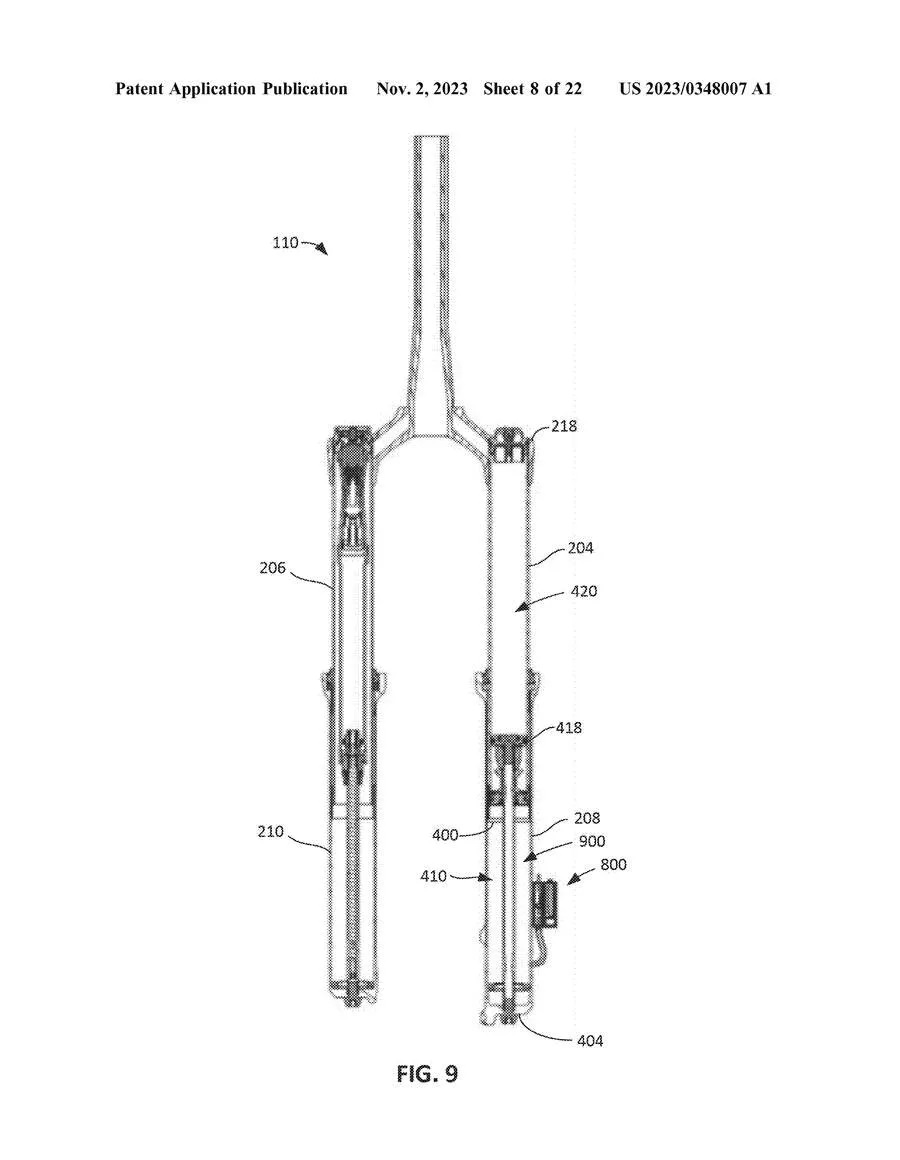
While this may not pop up on your next road bike, gravel riding has a much wider range of applications. Some gravel bikes will use suspension forks rather than relying on 50mm wider tires, and many of us would undoubtedly benefit from this, but the suspension setup is so responsive to the individual rider and terrain that one wants to Finding the perfect balance is hard. If SRAM applies this platform to its next-generation XPLR gravel fork, we think suspension forks will become even more popular in cyclocross.
Taking it a step further, systems like this get us thinking whether we might start seeing adaptive damping technology on gravel bikes in the next few years. In the automotive industry, they are commonplace, especially models designed for high-traffic conditions. If this technology can be made light enough, it will be a better suspension system than a simple front fork locking structure. Even if it doesn't come until 2024 or beyond, this will bring real benefits to amateur riders and gravel racers.